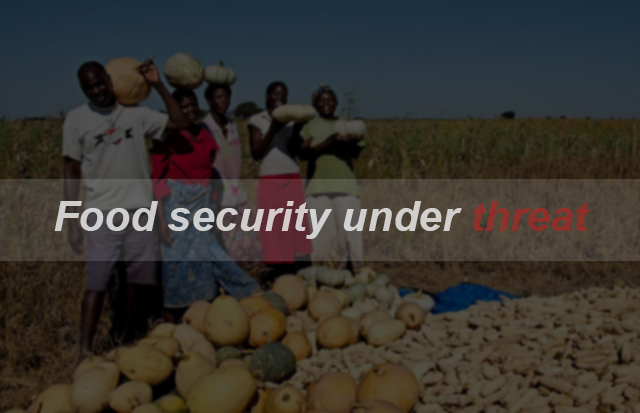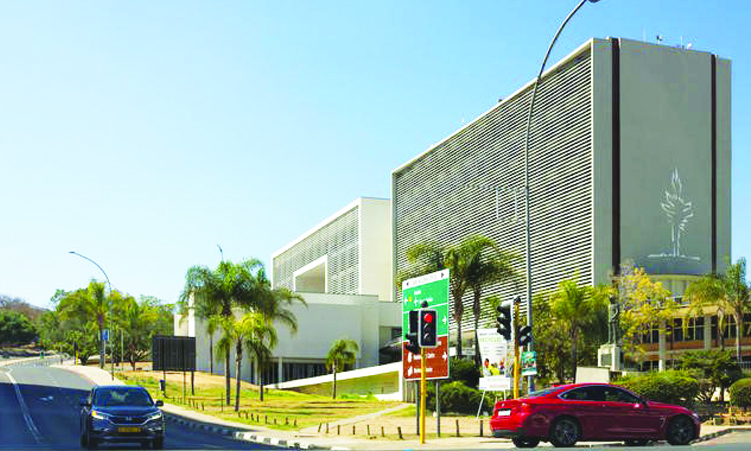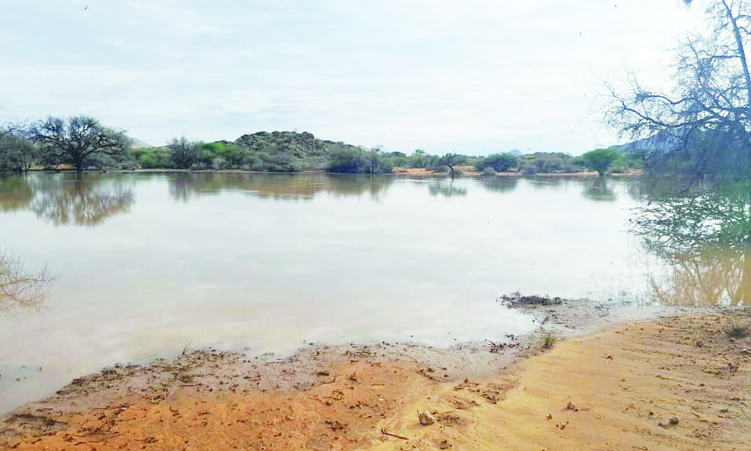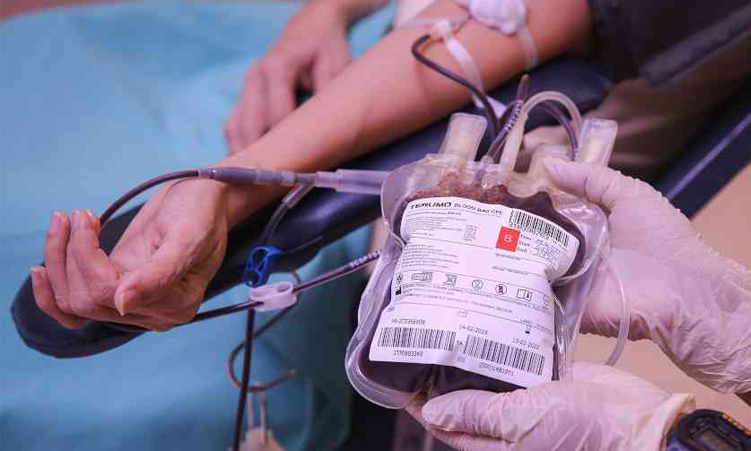THE Namibian inflation rate has been dropping since January, from a 4,7% high in January 2019, to 3% in October. However, this does not reflect the situation on the ground, as basic products remain costly.
Figures contained in the Namibia Statistics Agency’s (NSA)’s consumer price index for October 2019 showed that the 3% recorded is the lowest figure seen this year, and is also a huge drop, compared to the 5,1% recorded in October 2018.
But when it comes to food security, this drop does not represent any significant change. Food security in the country remains threatened, according to Indileni Nanghonga, an analyst at local brokerage firm Simonis Storm (SS).
She stressed that this is amidst low production and rising food prices. In October, the food and non-alcoholic beverages’ category stood at 4%, compared to the 4,4% recorded in September.
However, the analyst said there is hope for crop growth in 2020, if above-normal rainfall transpires as forecast.
“The basic food products (staples such as cereals) had been hit hard by the drought in 2019. Current weather forecasts indicate a high likelihood of normal to above-normal rainfall between November and December in the north and north-central areas. If the forecast weather conditions transpire, it could benefit early crop growth in 2020”, Nanghonga stated.
Average inflation from January to October 2019 also stood at 4%, below SS’s annual expectation of 4,5%.
“The decrease in inflation continues to be fuelled by moderate growth in transport inflation of 1,5% in October 2019 from 13,6% in the prior year,” added the analyst.
In their analysis, IJG Research noted that most of the sub-categories under the food category continue to show relatively low monthly price increases, while three of the sub-categories showed monthly price decreases.
The largest increases were observed in the prices of fruits, which increased by 14,5% yearly, and vegetables, which increased by 12,8%. Meat prices annually increased by 1,9% , compared to the 0,2% annual decrease recorded in the previous month.
“Due to the ongoing drought over the past months, there has been a large-scale slaughtering of cattle. This has reduced the number of livestock in the country, and going forward, meat prices will likely increase as the restocking of farms will cause upward pressure on prices,” IJG Research stated.
The NSA’s chief executive officer, Alex Shimuafeni, explained that the drop in inflation was because of drops in the categories of transport (1,5%), miscellaneous goods and services (1,7%), housing, water, electricity, gas and other fuels (1,9%), health (3,1%) and alcoholic beverages and tobacco (3,9%).
“The 12-months annual average and monthly average inflation rates from November 2018 to October 2019 stood at 4,2% and 0,2%, respectively. The corresponding rates recorded during the same period a year earlier stood at 4,3% and 0,4%, respectively. The annual average and monthly average inflation rates for the period January 2019 to October 2019 were estimated at 4% and 0,3%, respectively,” Shimuafeni said.
Email: charmaine@namibian.com.na
Twitter: @Char_Ngatjiheue
Stay informed with The Namibian – your source for credible journalism. Get in-depth reporting and opinions for
only N$85 a month. Invest in journalism, invest in democracy –
Subscribe Now!








